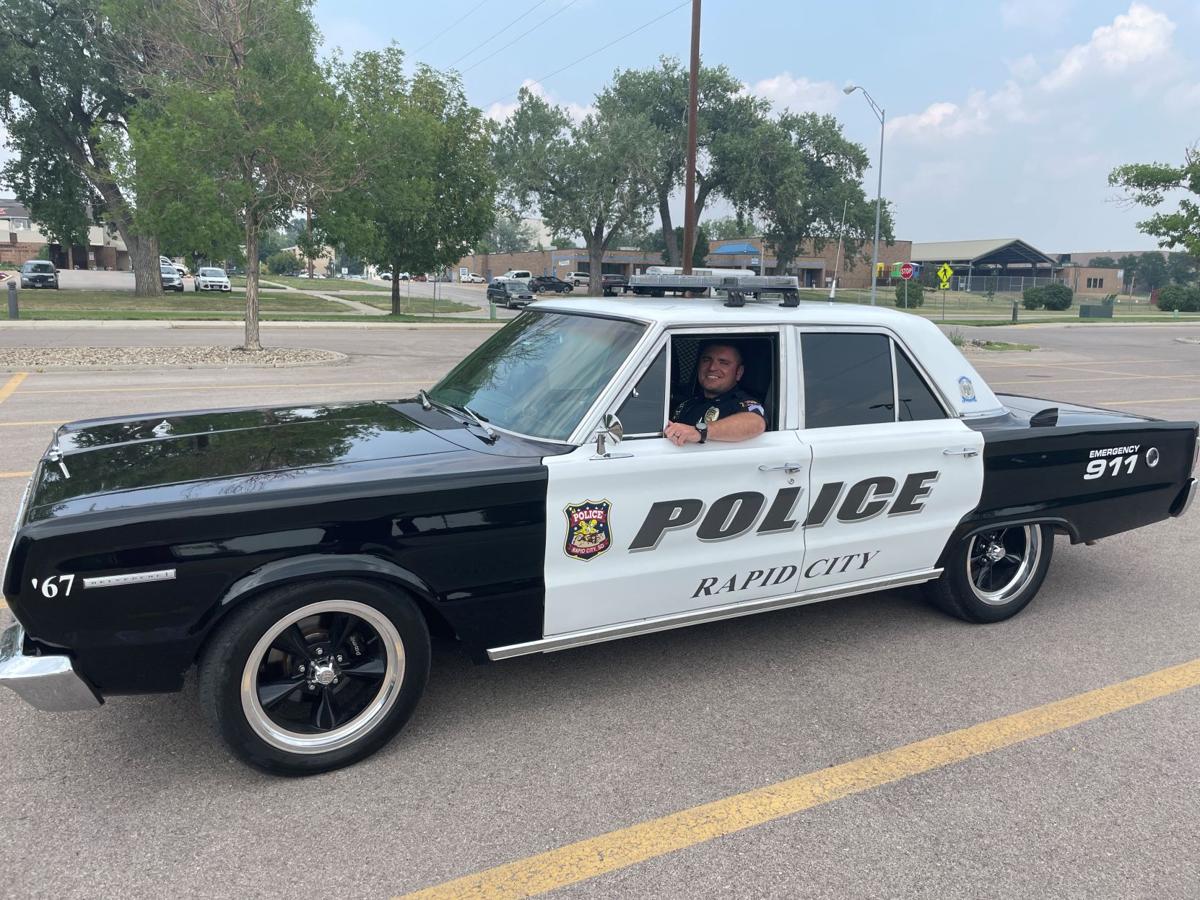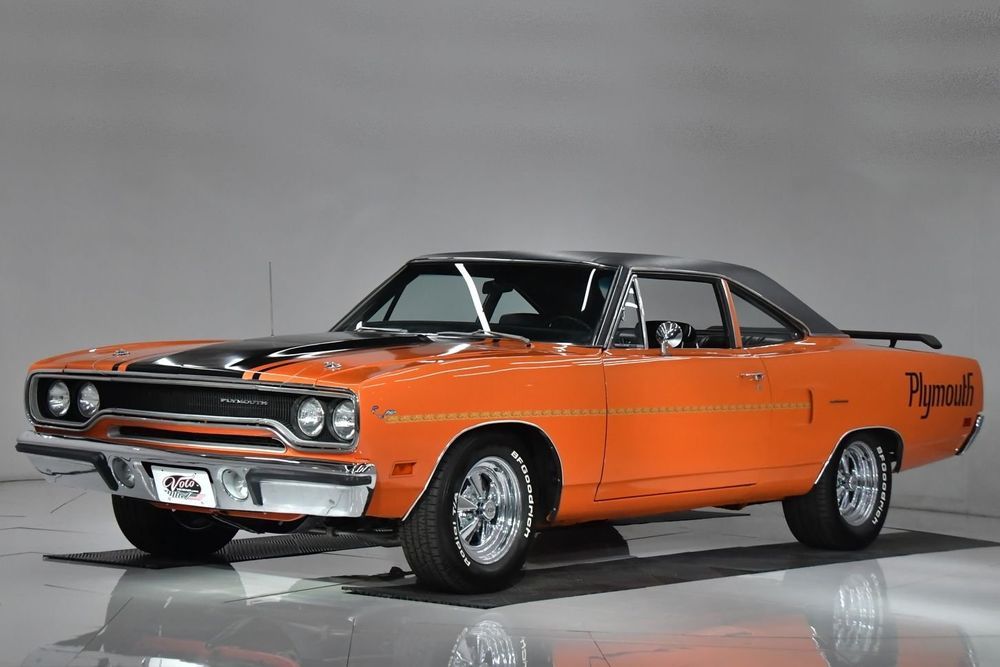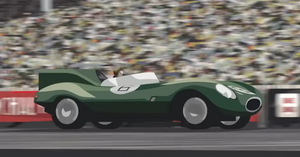There's a surprising link between it and the Road Runner.
In 1966 Plymouth began producing the police version of their iconic midsize sedan, the Belvedere. This new breed of police pursuit vehicles came with a 440 ci Magnum V8 engine, which sparked a revolution due to the low cost and high-performance options that came with the police package. This image of a fast, affordable muscle car and the fact that other competitors had previously become pretty expensive because of rising demand created the want within the American automotive enthusiast community for a cheap yet powerful American muscle car. This hunger for performance birthed the Plymouth Roadrunner in 1968, a basic trim model of the high-level GTX.

Cars like the ‘66-’68 Belvedere Police package gave America one of its most beloved and iconic muscle cars to this day. Keeping with the “cop features” aesthetic, that is to say, no features at all, the interior was very stripped down. The car utilized leather bench seating, a floor-mounted shifter, and a lack of carpets on earlier models. Additionally, under the hood was a very different reality when it came to powertrain combinations. The standard option was a 383 ci V8; however, you could also get the insane 426 ci Hemi V8 which had 426 horsepower.

These wild birds of prey quickly doubled their expected sales numbers because of their reputation for ripping the competition bit by bit. 1969 came with more options and trim levels, including the Super Bee, which also saw a rise in popularity within the automotive world. Just like many of the classic muscle cars that we all know and love, 1970 was the year that made this car complete. The days of dreaming of a fast, affordable muscle car were over because America finally had what it wanted, the Road Runner.






